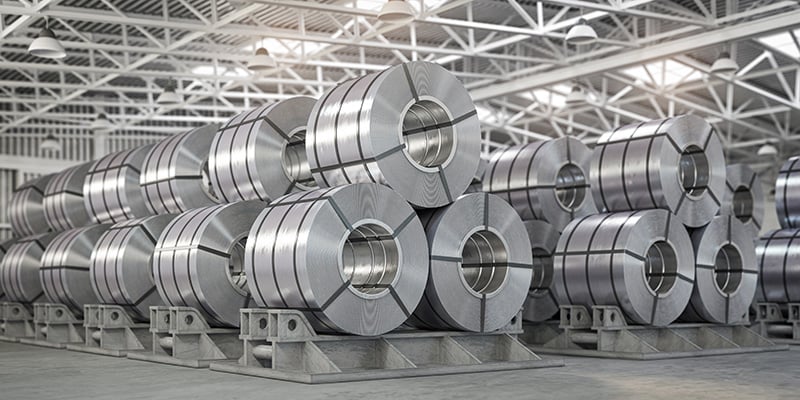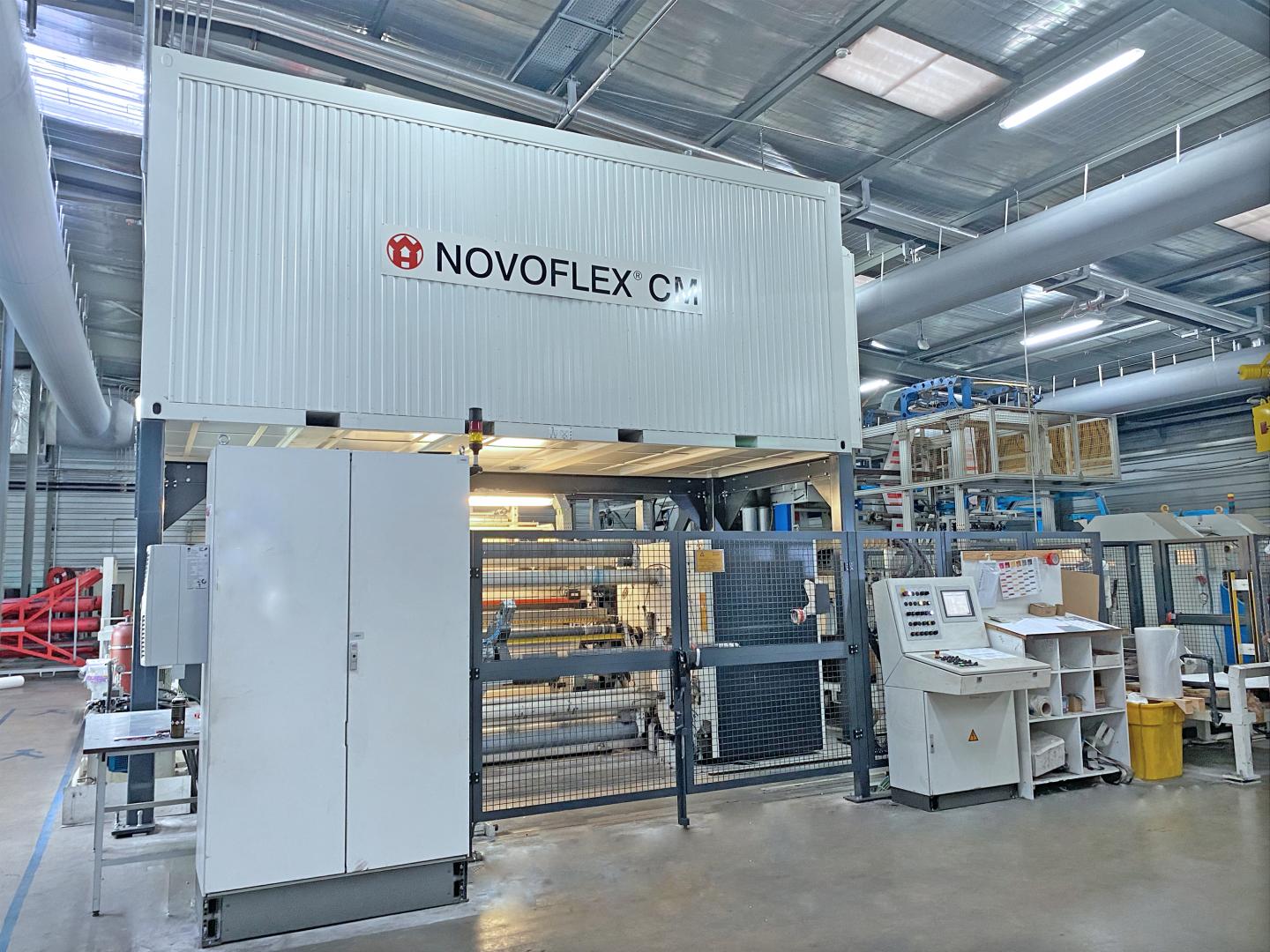Reliable Industrial Recycling Solutions for Sustainable Packaging: A Comprehensive Overview
That's where this detailed guide on effective commercial recycling remedies for sustainable product packaging comes in. By exploring crucial locations such as product packaging product choice, creating for recyclability, carrying out reusing infrastructure, teaming up with reusing partners, and monitoring and gauging reusing success, this overview will certainly outfit you with the expertise and tools required to make enlightened choices and drive favorable adjustment within your organization. Whether you're a product packaging professional, sustainability supervisor, or just interested in the subject, this guide will certainly provide useful insights and strategies to aid you navigate the world of sustainable product packaging.
Packaging Product Selection
The choice of packaging materials plays an essential role in ensuring the sustainability of industrial recycling services. The selection of products is key in decreasing ecological influence and maximizing reusing efficiency when it comes to sustainable packaging. Selecting the best materials can help in reducing waste generation, preserve resources, and promote a round economic situation.
Materials like cardboard, paper, glass, and certain kinds of plastics can be recycled multiple times without losing their quality. On the various other hand, products that are tough to recycle, such as blended plastics or non-recyclable composites, can produce obstacles for the recycling procedure and may end up in incinerators or garbage dumps.
An additional factor to consider is making use of renewable and biodegradable materials. Packaging made from renewable energies, such as plant-based plastics or biopolymers, can help in reducing dependence on fossil gas and mitigate climate adjustment. Furthermore, biodegradable materials damage down normally in time, reducing the build-up of waste in land fills.
Additionally, the weight and quantity of product packaging materials ought to be lessened to lower transport costs and power usage. Light-weight products not just call for fewer resources throughout manufacturing yet also contribute to reduce carbon exhausts throughout transport.
Designing for Recyclability
Packaging designers need to prioritize the use of materials that are commonly accepted for recycling and have established reusing frameworks. Products such as glass, aluminum, and particular kinds of plastic, like Animal and HDPE, are generally recycled and should be favored over materials that are challenging or pricey to reuse.
An additional crucial factor to consider in making for recyclability is the removal of unnecessary parts or materials. By decreasing the variety of layers, coatings, and added elements, product packaging can be made less complex and less complicated to recycle. In addition, designers should aim to minimize using blended products, as they can complicate the recycling procedure.

Implementing Recycling Infrastructure
Effective execution of recycling facilities is essential for the success of industrial reusing remedies. Without proper facilities in place, the recycling procedure comes to be inefficient and inefficient, impeding the overall goal of sustainable product packaging.
To execute recycling facilities effectively, several key aspects require to be taken into consideration. There need to be an efficient collection system that facilitates the splitting up and collection of recyclable materials. This can include marked recycling bins in public spaces, along with collaborations with waste monitoring companies for curbside pick-up and sorting.
As soon as collected, the recyclable products need to be moved to reusing facilities in a prompt fashion. This calls for reliable logistics browse this site and transport networks, making certain that the products get to the appropriate facilities immediately.
At the reusing facilities, progressed sorting and handling technologies should be in area to divide different kinds of materials properly. This includes using automated arranging machines, optical scanners, and manual sorting strategies.
Furthermore, there need to be a durable market need for recycled materials. This can be achieved through cooperations with suppliers and sectors that use recycled materials in their production processes. Creating a steady market for recycled products incentivizes the reusing industry and advertises the circular economic climate.
Teaming Up With Recycling Allies

One secret aspect of teaming up with recycling companions is the facility of clear interaction networks. It is essential to develop open lines of interaction to promote the exchange of info, updates, and feedback. This enables both events to remain educated concerning the progression of recycling efforts and address any challenges or problems that may develop.
Additionally, collaboration can entail joint efforts in executing and making recycling programs. Reusing partners can supply valuable insights and support in developing reliable collection systems and establishing one of the most ideal recycling innovations. By interacting, companies and reusing partners can optimize the recycling procedure and lessen waste.
In addition, cooperation can extend beyond the functional elements of recycling. It can likewise incorporate campaigning for and education efforts. By joining forces, organizations and reusing partners can raise awareness concerning the significance of reusing and promote the adoption of lasting packaging methods among customers and other stakeholders.
Monitoring and Measuring Recycling Success
To ensure the efficiency of commercial reusing remedies and the accomplishment of sustainable product packaging objectives, it is critical for organizations and their recycling companions to develop a thorough system for tracking and gauging recycling success (processing company). Measuring and tracking recycling success permits businesses to evaluate the impact of their reusing efforts, determine areas for renovation, and established purposeful targets for future progression
One way to track reusing success is go to my site with using data collection and analysis devices. By collecting information on the quantity of packaging waste produced, the percentage of waste that is recycled, and the types of products being reused, companies can gain important understandings into their recycling performance. This data can after that be analyzed to recognize trends, patterns, and areas of inefficiency.
One more crucial element of monitoring and measuring reusing success is establishing standardized and clear metrics. This permits companies to compare their performance against sector benchmarks and track their progression in time. Metrics such as reusing rates, waste diversion prices, and greenhouse gas discharges can offer a quantitative procedure of a business's recycling success.

Conclusion
To conclude, executing reliable industrial recycling options for sustainable packaging needs careful factor to consider of packaging product choice, making for article recyclability, applying reusing infrastructure, working together with recycling partners, and monitoring and determining reusing success. By integrating these methods, services can contribute to a much more environmentally-friendly and lasting strategy to packaging, lowering waste and advertising the round economy.
By exploring crucial areas such as product packaging material option, designing for recyclability, applying recycling infrastructure, collaborating with recycling partners, and tracking and determining reusing success, this guide will certainly outfit you with the expertise and devices necessary to make enlightened decisions and drive favorable modification within your organization. Packaging designers must prioritize the usage of materials that are extensively approved for recycling and have established recycling infrastructures.Partnership with reusing companions is crucial for the effective application of industrial recycling solutions and the success of lasting packaging goals. By joining pressures, organizations and recycling partners can raise recognition regarding the value of recycling and promote the fostering of sustainable packaging techniques among consumers and other stakeholders.
By gathering information on the quantity of packaging waste created, the percent of waste that is recycled, and the kinds of products being recycled, companies can get useful insights into their reusing performance.